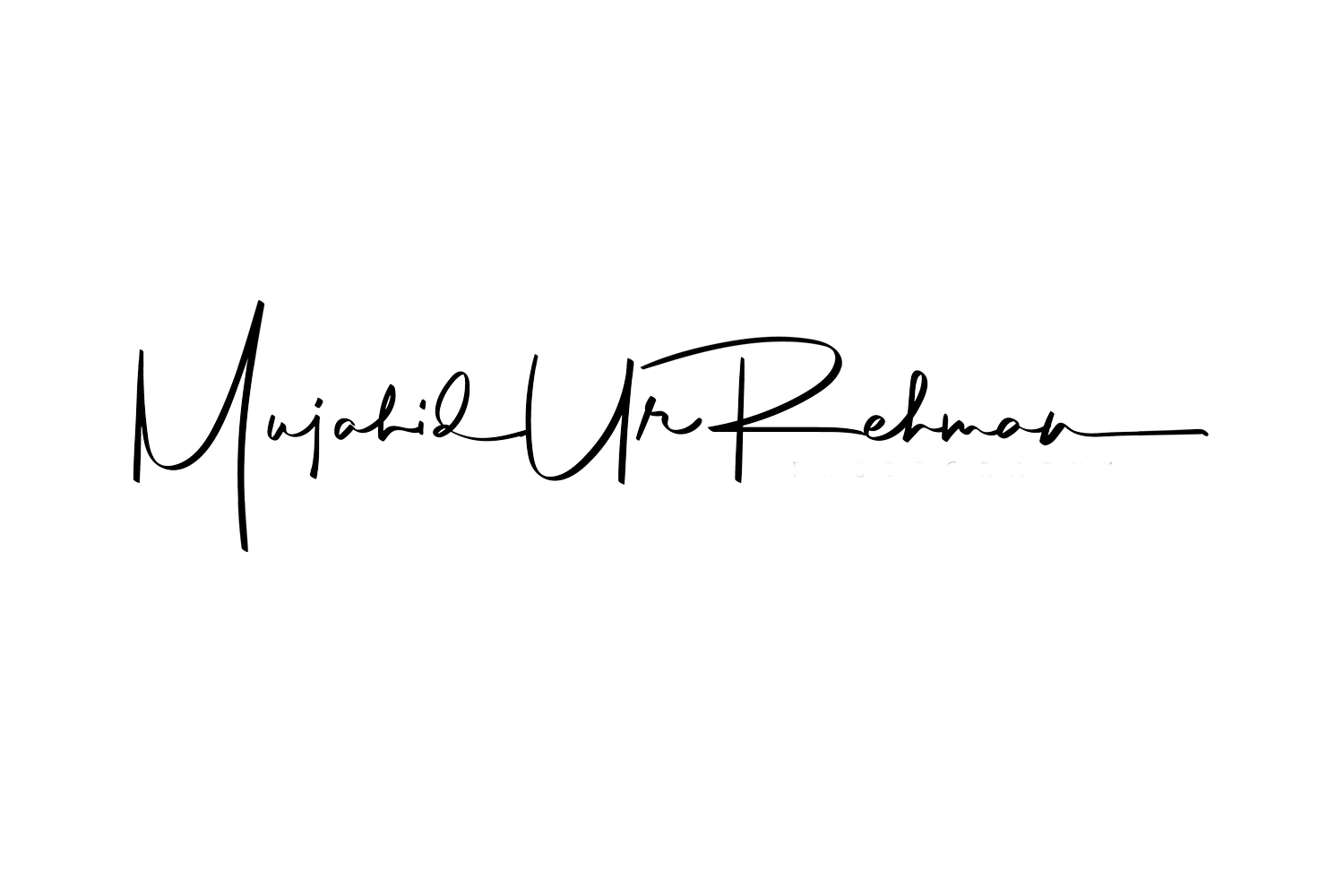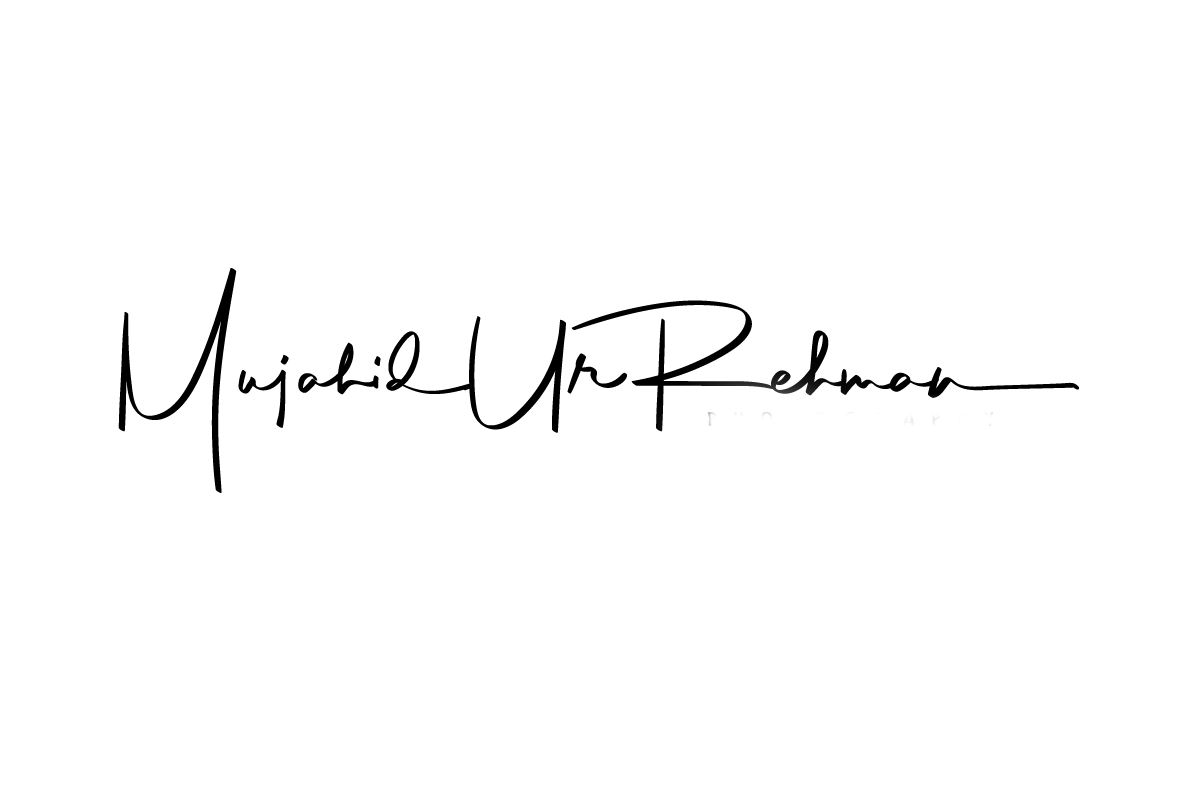SIGMA 14-24MM F/2.8 DG HSM ART for Nikon
Before you read the review, I just want to make it very clear that I am not a professional reviewer. This review is a set of very simple parameters that I keep in mind when purchasing a lens. I have been using the Sigma 14-24mm f2.8 Art lens purely for the purpose of night photography and I am extremely satisfied with the results. In this blog, I am highlighting some of the facts about the Sigma lens.
First Impressions
To start with, it is solidly built heavy lens. When you hold it in your hands, you know that you need to take care of it, but you also realise that it doesn't have a plasticy feel. The focus ring and the zoom rings are far apart and have a solid grip. It has a AF and MF button that allows switching from manual focus to auto. It doesn't have any vibration reduction features that other Nikon made lenses have to offer. In short, you feel nice having it in your hand and you feel confident that it will stand by your in some rough conditions.
minimum Aperture: f2.8maximum Aperture: f22filter size: You can't put filters on it directly (the glass has a bulb shape, you can however mount special filter holders to put any filters on)weight (as measured by myself): 1185 gmsHeight: 15cm
If you are going to hike with it, just remember that this is over 1kg, which is quite significant when every gram in the backpack matters and counts. Nikon's full-frame DSLR bodies are quite big, adding a 15cm long lens make them bigger and heavy. You need a sturdy tripod when shooting with this lens.
IT IS AN FX LENS, MIND THAT!
This lens is designed for Nikon's full-frame bodies. I use it with my Nikon D810. If you really want a wide angle lens for a DX body you own, rather find a nice equivalent lens of a DX format and save money.
focusing on nearby object and bokeh
I was able to focus on a mug only a few centimetres away from the lens, which is quite incredible. The image is nice and sharp and the background blurriness at f2.8 looks quite cool. Also, focusing wasn't a problem at all, the motor doesn't make noise and it is fast. Click on the image to view large. As you can see, the mug was only 7 centimetres away from the lens.
DARK CORNERS AND BARREL DISTORTION
The lens has a bit of barrel distortion and dark corners at f2.8. To me, this much barrel distortion is quite acceptable but not so nice. As you zoom in, there is less distortion in the image. I feel that fixing barrel distortion can sometimes distort the objects in the image even further, therefore, I recommend that you don't blindly always fix the barrel distortion in tools like Adobe Lightoom. First check before and after, may be even crop the image and see the results. In the image below, you can see dark corners on the left image, after fixing the barrel distortion and dark corners with just one click in Adobe Lightroom, the image is a little stretched but dark corners are gone. If you look closely, you will realise that the chair on the right of the mug is a little bit more stretched after fixing barrel distortion. This is the default barrel distortion fix that Adobe Lightroom did for this Sigma lens, it doesn't look nice to me. Make sure noticeable objects/elements in your scene are not on the corners and they don't look stretched in the final image.
In landscape photography if the shapes of the rocks or other objects are uneven, removing the barrel distortion will hardly be noticeable. Try not to place the main elements of your composition towards the corners.
FILTER OPTIONS
For lenses like Sigma 14-24mm f2.8 which have a glass that is bulging out (bulb shape), filter companies have made special filter mounts, usually called 150mm filter systems, to mount ND, polarizer and graduated filters on these lenses. The bulb shape lenses are one of the reasons many photographers shy away from purchasing this lens because they can't screw in filters on the lens. Also, they now have to buy a special filter holder system that only fits these types of lenses and not other normal lenses. For example, my NiSi v5 filter holder kit works on my Nikon 16-35, Nikon 24-70 and Nikon 70-200mm lenses. One filter kit for all lenses in comparison to one filter kit for one lens is an expensive deal.
depth of field and sharpness
By keeping the lens at 14mm, I took shots at f2.8, f5.6, f9, f11 and f16. I noticed that you can achieve the maximum depth of field at f9. At f11, the quality of the image very minutely deteriorated as compared to f9 but it took me a few minutes to make that decision by comparing the images by fully zooming in and checking every centimetre of it. The foreground, which is not in the image below and cut off, and the middle-ground buildings, were however equally sharp at f9 and f11. Click on the image to view large file.
LENS FLARE
I shot at different f-values by keeping the sun in the center or on the side of the frame, it has minimum to no lens flare, which is quite cool.
Price Comparison with Nikon 14-24mm f2.8
At the time of writing this blog (June 2020), the price of this lens is 19000 South African Rands (1199 USD) and the price of Nikon 14-24 f2.8 is 32000 South African Rands (1746 USD). This is a huge price difference and with the quality of images it gives you, it has very decent price and acceptable.
DON’T BUY FOR PEOPLE’S PHOTOGRAPHY
If you put a person in the middle of your frame with this lens, it’s ok, but never try putting a person towards the sides, their faces will be elongated and even profile correction will not be able to fix that. The barrel distortion is not acceptable for group photos and portraits where the person is on either side of the frame. I learnt this the hard way after doing a wedding shoot!
CONCLUSION AND MY VERDICT
This is my go to lens for night photography and it has given me sharp results with allowing light coming in at f2.8. I will prefer it any day over the Nikon 14-24mm f2.8 lens because of it price range. It is a durable lens that can stand many weather conditions. It is too wide for me however, and I generally end up zooming in a little bit when doing night photography. I must say that Nikon 16-35mm f4 is more sharp than this lens, I haven't compared it with Nikon 14-24mm f2.8 though.
Use Sigma 14-24 f2.8 Ark lens for Nikon if
you like to shoot at a very wide angle such as 14mm
you are looking for a solidly built weather resistant lens
you want shallow depth of field in your photography like f2.8
you like to focus on close objects in your landscape photography
you like to do night photography
you need flexibility with the focal length
you shoot landscapes
you are happy to invest in a 150mm filter system only for this lens
you cannot afford to buy the Nikon 14-24 f2.8 lens which is much more costly
you are ok with a bit of barrel distortion
you are ok to carry the weight of nearly 1.5kg
Muji











